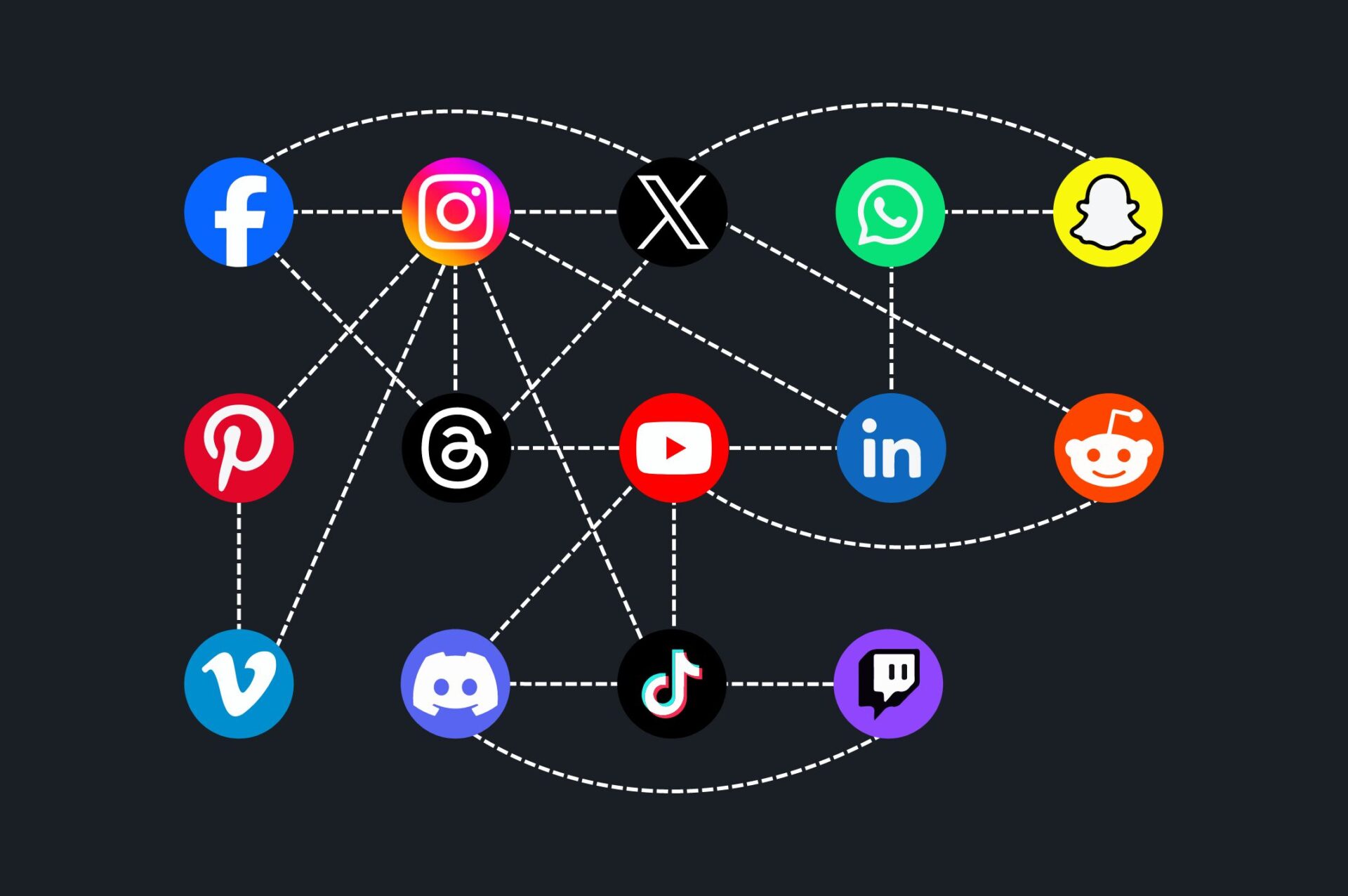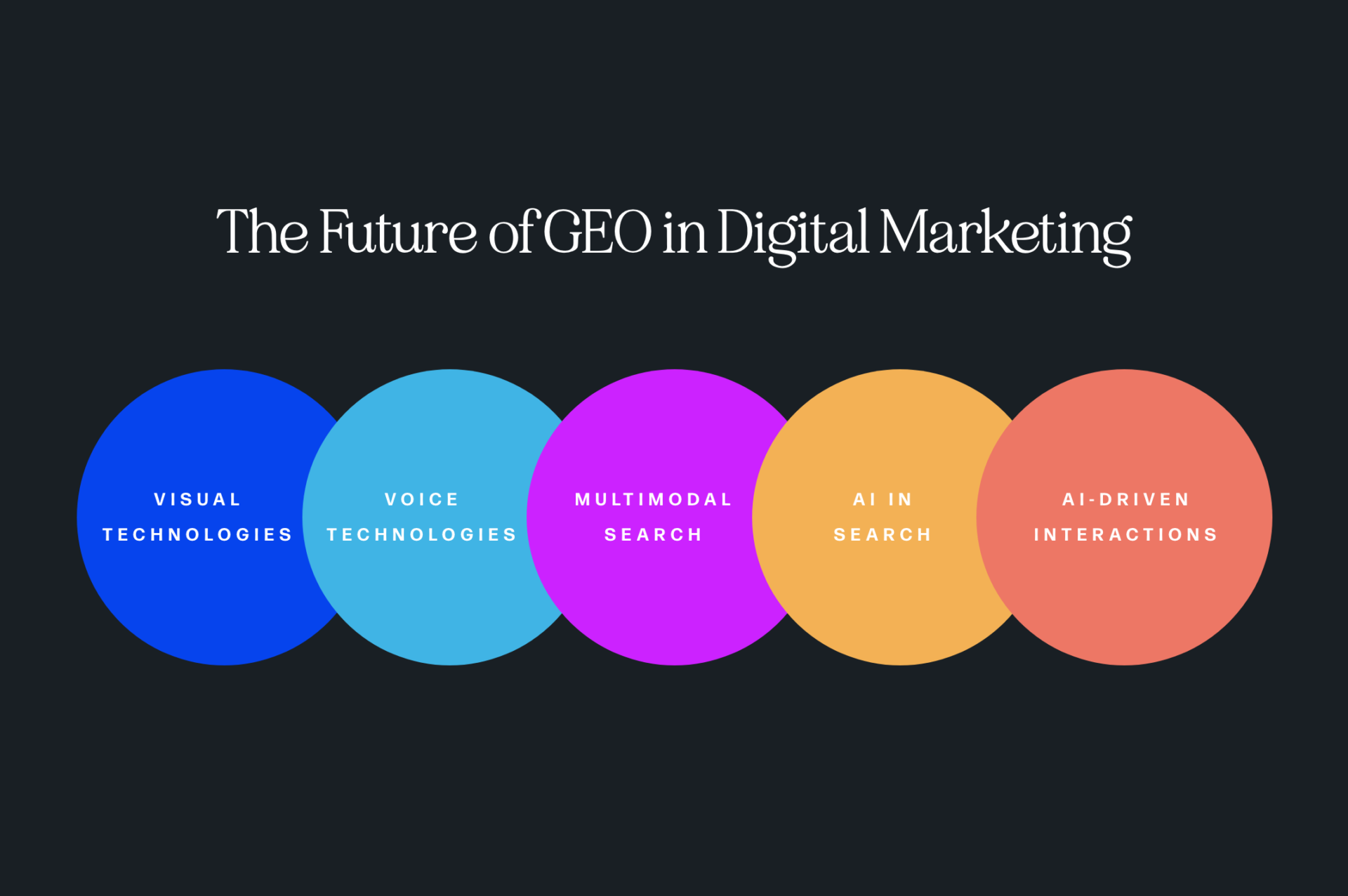As digital marketing evolves, there’s a new acronym in town: GEO. If you’ve been paying attention to SEO trends, you’ll have seen the buzz around Generative Engine Optimization (GEO), and for good reason. AI-powered search engines are changing everything about online visibility and content strategy. For brands that want to be ahead of the curve, GEO is no longer nice to have, it’s a must-have.
TL;DR:
Generative Engine Optimization (GEO) is the future of digital marketing, replacing traditional SEO with strategies for AI-powered search engines like ChatGPT and Google AI. To succeed in this new digital world, businesses must optimize content for quick, comprehensive, and relevant answers that AI platforms prioritize. GEO is about understanding user intent, creating high-quality content, and distributing it across multiple channels. Get ahead of AI before it gets smarter.
What Exactly Is GEO?
GEO (Generative Engine Optimization) is the process of optimizing your content to perform well in AI-driven search engines like ChatGPT, Perplexity, Google AI Overviews, Gemini, and Copilot. These platforms use generative AI to deliver direct, contextual answers to users’ questions, so brands need to rethink how they approach content creation and optimization.
In the past, SEO (Search Engine Optimization) was the go-to strategy for improving visibility on search engines like Google. But with the rise of AI-powered search platforms, GEO is the new frontier in digital marketing. GEO gets your brand in these AI-generated responses so your content stands out in a new era of search.
GEO vs. SEO: A New Era in Digital Marketing
While both SEO and GEO have the same goal of increasing visibility, they work very differently. SEO is about optimizing for traditional search engines that give a list of links in response to user queries. GEO is about creating content that can be synthesized by AI to give quick, comprehensive, and contextually relevant answers.
The Overlap Between GEO and SEO:
- Visibility Goals: Both get content in front of the right audience.
- Keyword Strategy: Keywords still matter in both SEO and GEO; they just have different intents and structures.
- Content Quality: Whether you’re optimizing for SEO or GEO, high-quality, relevant content that matches user intent is key.
- User Experience: Both are user-friendly and easy to navigate.
Why GEO is Not Just SEO 2.0:
- Response Generation: SEO links to various pages. GEO gets your content in the AI-generated responses
- Content Contextualization: GEO makes sure content is contextual so AI can give a comprehensive response.
- User Intent Understanding: AI-driven engines have a deeper understanding of user intent, so a more granular approach to answering questions.

How Does GEO Work?
For Generative Engine Optimization (GEO) to work, your content needs to align with the preferences and priorities of AI systems. Here’s how it all breaks down:
1. Generative AI Research and Analysis
Before you start creating content, GEO relies heavily on research to understand how AI systems rank and prioritize information. This includes:
- Keyword and Semantic Research: Instead of just targeting basic keywords, GEO targets long-tail, conversational phrases that AI systems love. It also uses semantic analysis to match content to user intent better.
- Competitor Research: Analyze how your competitors are performing on AI platforms to see what formats and strategies are working and what aren’t.
- AI Response Analysis: AI platforms like ChatGPT prefer certain response structures (paragraphs, lists, tables, etc.). Knowing these patterns will help you create content that fits into those formats.
Once you have the insights from this research, you can start optimizing your content to meet the AI system’s standards. The goal is to make your content easy to consume and highly relevant to the AI’s needs.
2. Quality and Relevance
To get your content in AI-generated responses, your content needs to be excellent. Here’s what to focus on:
- Contextual Accuracy: Your content must directly answer the user’s question with clear, on-topic information. AI systems prefer content that gives precise and meaningful answers without extra details.
- Semantic Relevance: Understanding the relationship between words and entities is key. GEO uses keywords and phrases that align with AI’s understanding of the user’s intent, so content is more relevant for semantic search.
- Comprehensive Responses: AI-driven platforms love content that gives full, well-researched answers. So, go for depth over breadth.
- Multimedia Integration: Visual content (videos, infographics, etc.) is also highly valued by AI platforms. Adding multimedia elements will engage users and increase your chances of being featured.
3. Structure and Clarity
AI needs to consume your content, so make sure it’s structured. Here’s how:
- Content Clarity: Keep your content simple. The more direct your message, the quicker AI will process and prioritize.
- Direct Answers: Start your direct answers to the user question. AI loves content that gets to the point fast.
- Headings and Subheadings: Structured content with headings helps AI understand the hierarchy of your content and makes it more scanable.
- Structured Data: Using schema markup (e.g. tagging articles, reviews, or products) helps AI platforms understand your content better and display it in search results like knowledge panels or featured snippets.
4. Distribution and Engagement
Creating great content is only half the battle. To get noticed by AI-driven systems, distribution is key. Here’s how to get more visibility:
- Distribute Across Platforms: AI doesn’t just pull data from blogs; it looks at content from forums, communities like Reddit and Quora, and social media. Make sure your content is distributed across these platforms for maximum visibility.
- User-Generated Content (UGC): Reviews, testimonials, and social media posts add authenticity and variety to your content. UGC tells AI your content is engaging and trustworthy.
- Social Media Engagement: AI platforms also look at social media signals when determining content relevance. Share your content across multiple platforms to increase its chances of being featured.

5. Establishing Authority and Credibility
AI loves authoritative and credible content. Building your brand’s authority and credibility is key to success in the Generative Engine Optimization (GEO) space:
- Consistency: Make sure your brand’s message is consistent across all channels. This builds trust and credibility with users and AI platforms.
- Backlinking: High-quality backlinks from trusted sites tell AI systems you’re authoritative. Try to build a strong backlink profile through guest blogging, infographics, and original research.
- Transparency: Ethical content creation is important. AI values transparency, so avoid manipulative practices and be clear about your sources and affiliations.
6. Technical SEO
Although GEO is about optimizing for AI, traditional technical SEO still matters in ensuring your site is discoverable and accessible:
- Mobile Optimization: Make sure your website is fully responsive and provides a smooth user experience across all devices.
- Speed: Faster is better. Compress images, use browser caching, and optimize your site’s code for better performance.
- Crawling and Indexing: Ensure AI platforms can crawl and index your pages properly by regularly checking for issues and fixing them.
7. Experimentation and Iteration
The digital world and AI algorithms are always evolving, so it’s important to keep testing and refining your content strategy:
- A/B Testing: Experiment with different content formats and strategies to see what resonates best with AI and your audience.
- Stay Updated: Keep an eye on industry trends, AI updates, and changes to AI algorithms to refine your GEO strategy over time.
8. GEO as a Long Term Strategy
One of the main takeaways from GEO is that it’s a continuous journey. It’s not a one-off but an ongoing process to keep your content relevant and effective in the ever-changing world of AI.
Monitor your content’s performance, listen to user feedback, and be flexible to adjust your strategy as AI search algorithms change. GEO is a dynamic journey—one that rewards brands that innovate and get ahead of the curve.
What’s Coming Next with GEO
As generative AI advances, Generative Engine Optimization’s potential grows. More companies are adopting AI technologies, and platforms like ChatGPT are becoming more mainstream. By adding GEO to your digital marketing strategy now, you’re not just staying competitive—you’re future-proofing your brand for success.
A McKinsey Global survey shows that 65% of organizations are regularly using generative AI, nearly double the percentage from a few months ago. AI in search, voice, and visual technologies will only make GEO more essential. Hyper-personalized search experiences, voice search, and even augmented reality (AR) will change how users interact with information. As these trends continue, optimizing for multimodal search and AI-driven interactions will be key to staying relevant.

Ready to Embrace Generative Engine Optimization (GEO)?
The future of search is already here, and it’s powered by generative AI. If you want to get ahead of the game, now’s the time to embrace GEO. At Brandastic, we’re helping businesses like yours fine-tune their digital strategies for AI-powered success.
Stay flexible. Stay innovative. And above all, stay visible. Contact us today and let’s talk strategy!













